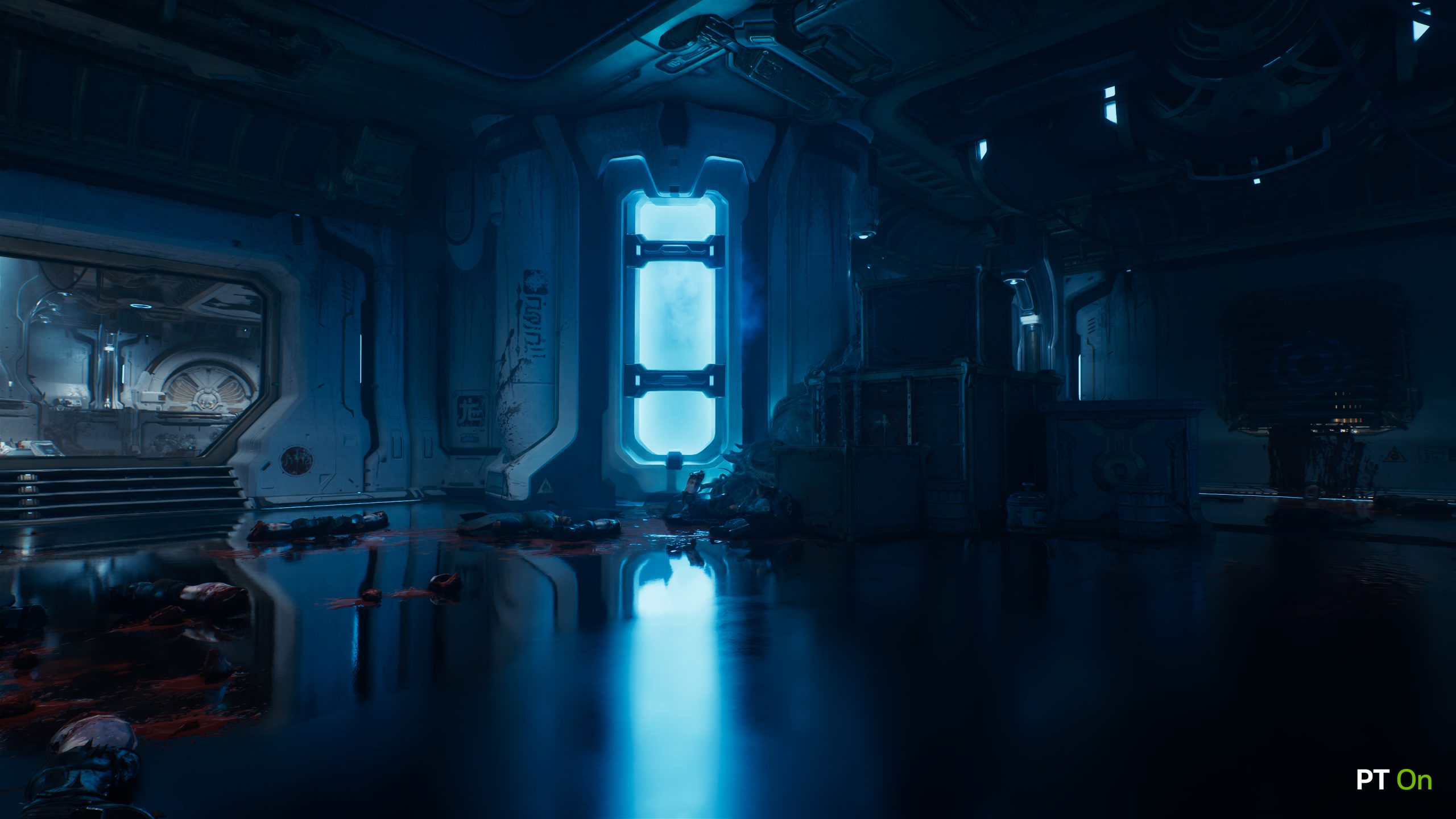Path Tracing Took 6 Months to Implement in DOOM: The Dark Ages; id Software Dev Thinks the Tech Will Spread Further

Earlier this year, DOOM: The Dark Ages became the sixth PC game (not counting RTX remakes like those made for Quake II and Portal) to support real-time path tracing after Cyberpunk 2077, DESORDRE, Alan Wake 2, Black Myth: Wukong, and Indiana Jones and the Great Circle.
id Software’s latest entry in the DOOM franchise did not support the technology at launch. Still, a month later, on June 18, 2025, the developer released an update introducing path tracing and NVIDIA’s DLSS Ray Reconstruction. Both features significantly improved the game’s visual quality and made it, alongside its excellent performance, a benchmark against which developers must compare their work.
This week, NVIDIA published a Q&A with id Software’s Director of Engine Technology, Billy Khan, to discuss the studio’s implementation of path tracing. According to Khan, it took the Texas-based studio around six months to implement the technology in their game. The programmer also shared the belief that more games will make the leap from ray tracing to path tracing in the coming years.
Path tracing is now part of id Tech 8. We’ll continue research and development in this area. As with all technology, we evaluate its use on a per-game basis to ensure it meets the needs of the game and delivers value to players. I believe path tracing will continue to evolve and will be used in more games in the coming years.
Of course, game developers’ adoption will likely accelerate if, as rumored, future AMD graphics cards are going to offer significant ray tracing optimizations. Meanwhile, Khan mentioned NVIDIA’s Opacity Micro-Maps and Shader Execution Reordering, the latter specifically, as highly helpful for optimization in DOOM: The Dark Ages.
For high-performance, visually complex scenes, optimizing both surface shading and transparency is crucial. Techniques that allow the GPU to intelligently reorder shading work and skip unnecessary calculations—like on pixels fully occluded by alpha-tested geometry—yield significant speedups. Both NVIDIA Opacity Micro-Map (OMM) and Shader Execution Reordering (SER) have been extremely useful for optimizing surface shading on the GPU. Some of our biggest optimizations for path tracing resulted from utilizing shader execution reordering.
Lastly, Khan noted that DLSS RR really helped surface all the amazing details enabled by path tracing.
DLSS Ray Reconstruction added much-needed fidelity to denoising our path-traced results while preserving more detail. It’s a strong improvement in performance and quality over traditional denoising techniques. I’m excited to see further innovation here, which will empower more devices to play games with higher visual fidelity.
Did you play DOOM: The Dark Ages (our game review is here, by the way) with path tracing on? If so, what was your impression of id Software’s implementation?



